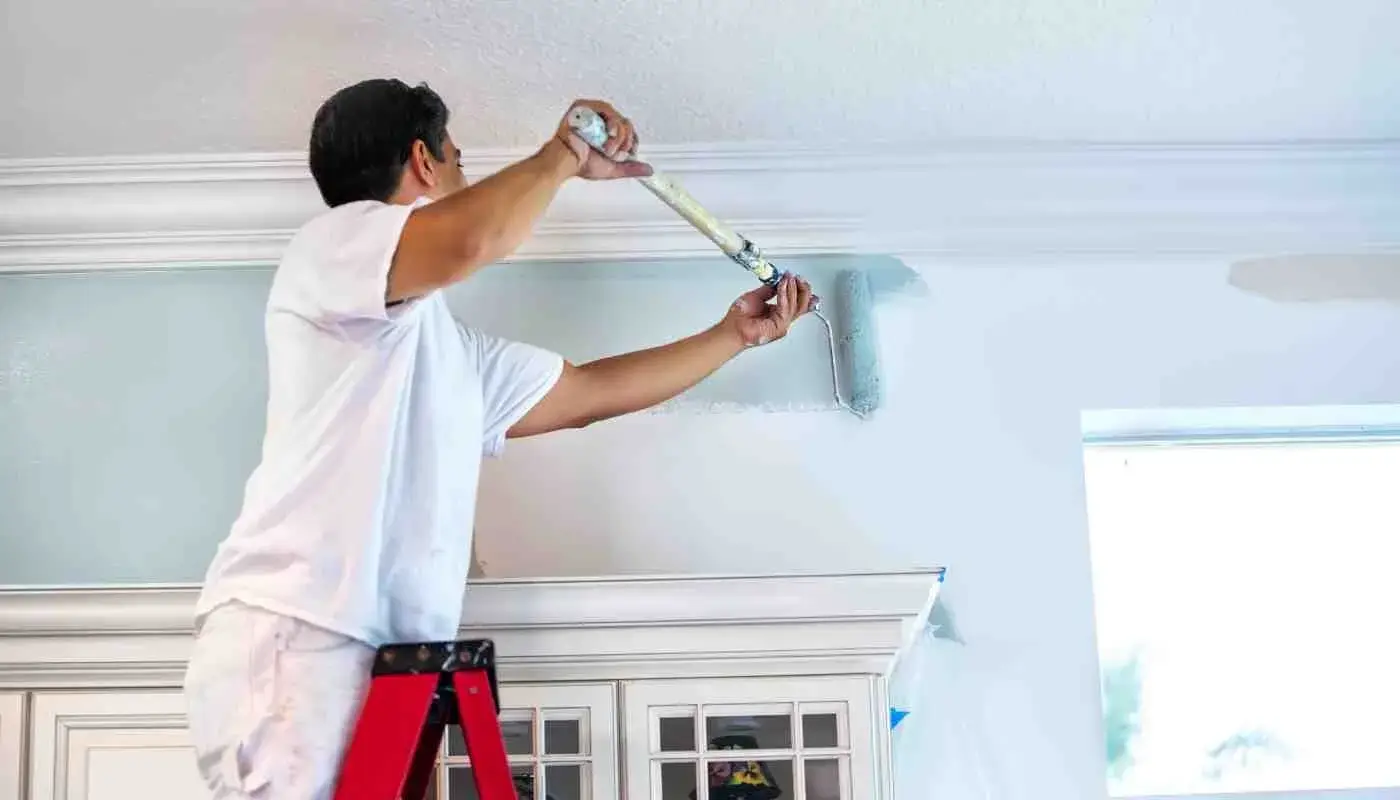If you are planning to paint your house, you might be wondering why hiring a professional painter is so costly. You might think that painting is a simple and easy task that anyone can do, but that is not the case. Painting requires skill, experience, equipment, and time, and these factors all contribute to the price of a house painting project.
The main reason why house painters are expensive is because they have to cover their overhead costs, labor costs, and material costs. These costs vary depending on the size, condition, and location of the house, as well as the quality and type of paint used. Let’s take a closer look at each of these costs and how they affect the price of house painting.
Overhead costs
Overhead costs are the expenses that a painter has to pay to run their business, such as insurance, licenses, taxes, advertising, and transportation. These costs are usually fixed and do not depend on the amount of work done, but they still have to be covered by the painter’s income. According to HomeAdvisor, the average overhead cost for a painter is about 15% to 25% of their total revenue.
Labor costs
Labor costs are the wages that a painter pays to themselves or their employees for the time and effort spent on the painting project. Labor costs depend on the skill level, experience, and reputation of the painter, as well as the complexity and difficulty of the job. For example, painting a two-story house with high ceilings and intricate details will require more labor than painting a one-story house with flat walls and simple features. According to HomeAdvisor, the average labor cost for a painter is about $20 to $50 per hour.
Material costs
Material costs are the expenses that a painter has to pay for the paint, primer, brushes, rollers, tape, drop cloths, ladders, scaffolding, and other tools and supplies needed for the painting project. Material costs depend on the quality and quantity of the paint and other materials used, as well as the availability and demand of the products. For example, using a high-quality paint that lasts longer and provides better coverage will cost more than using a low-quality paint that fades quickly and requires more coats. According to HomeAdvisor, the average material cost for a painter is about $15 to $40 per gallon of paint.
How to save money on house painting
While house painting can be expensive, there are some ways to save money and get the best value for your money. Here are some tips to help you reduce the cost of house painting:
- Compare quotes from different painters and choose the one that offers the best quality and price for your project. You can use online platforms like HomeAdvisor or Angie’s List to find and compare local painters in your area .
- Do some prep work yourself, such as cleaning, sanding, scraping, and caulking the walls, to reduce the amount of labor and time required by the painter. You can also move or cover the furniture and fixtures to protect them from paint splatters and drips.
- Choose a neutral or common color for your paint, as it will be cheaper and easier to find than a custom or rare color. You can also use the same color for the entire house or for different rooms to save on paint and labor costs.
- Buy the paint and other materials yourself, as it might be cheaper than letting the painter buy them for you. You can also look for discounts, sales, or coupons on paint and other supplies at your local hardware store or online retailer.
- Schedule your painting project during the off-season, such as winter or fall, when the demand for painters is lower and the prices are more negotiable. You can also ask the painter if they offer any discounts or incentives for referrals, repeat customers, or large projects.
Conclusion
House painting is a valuable investment that can improve the appearance, comfort, and value of your home. However, it can also be a costly project that requires careful planning and budgeting. By understanding the factors that affect the price of house painting, such as overhead costs, labor costs, and material costs, you can make an informed decision and choose the best painter for your project. You can also use some of the tips mentioned above to save money and get the best deal on house painting. Remember, quality is more important than quantity, and a good painter is worth the price.

